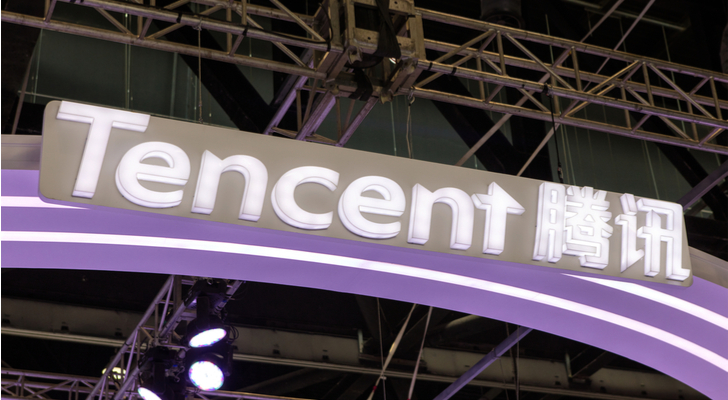It’s been some time since I’ve covered one of the big Chinese companies. In the past I’ve spoken highly of Alibaba Group Holding Ltd (NYSE:BABA), JD.Com Inc (ADR) (NASDAQ:JD) and Baidu Inc (ADR) (NASDAQ:BIDU). Now, it’s my turn to have a look at Tencent Holding/ADR (OTCMKTS:TCEHY) and Tencent stock.
Like most of the Chinese stocks, I would exercise caution when buying them given the Wild West nature of commerce over there, but, having said this, there’s no denying their growth is attractive.
After a quick read of its first-quarter 2018 earnings release along with its annual report, here’s what I like about Tencent stock.
It’s So Much More than the Facebook of China
As my InvestorPlace colleague Luke Lango pointed out recently, Tencent isn’t just the Facebook Inc (NASDAQ:FB) of China.
“But Tencent is also much more than just China’s Facebook,” Lango wrote on May 18. “In many senses, it is also China’s YouTube, China’s Spotify Technology SA (NYSE:SPOT) and China’s Paypal Holdings Inc (NASDAQ:PYPL).
“Plus, Tencent operates a red-hot online gaming business and an equally hot cloud business. Those businesses are also growing at robust rates.”
Lango valued Tencent stock in the low- to mid-$60’s, about 30% higher than where it’s currently trading.
Rather than travel over the same path, I’m going to use my colleague’s words from his above quote to make my own back-of-the-napkin valuation.
Keep an Eye on the ‘Others’
Let’s assume Tencent’s value-added services (VAS) represent Netflix, Inc. (NASDAQ:NFLX), Spotify and Activision Blizzard, Inc. (NASDAQ:ATVI); its online advertising revenues represent Facebook; and its “others” revenue represents PayPal and Amazon.com, Inc. (NASDAQ:AMZN).
Using the price-to-sales ratios of each of those companies, I ought to be able to come up with a reasonable estimation of its share price.
In Q1 2018, Tencent’s VAS revenues were $7.5 billion [1 RMB = $0.16 U.S.]. Annualize that and you get $30 billion. The average P/S ratio of NFLX and ATVI is 10.
That suggests the VAS revenue, which accounts for 64% of Tencent’s overall sales, is worth approximately $300 billion.
Do the same with online advertising and others and you get annual revenue of $6.8 billion and $10.2 billion respectively. Using the P/S ratios for Facebook, PayPal and Amazon, you get valuations of $84 billion and $58 billion for the two smaller segments of Tencent’s business.
Together, the three segments are worth an estimated $442 billion.
What’s Not Included
When buying a business, you’re not just paying for the stock, you’re also paying for the net debt and the investments in public companies.
In Q1 2018, Tencent finished the quarter with $1.9 billion in net debt. Add to that its ownership interests in public companies including JD.com (21%), which are valued at $34 billion at the end of March, and you come up with a total value of $478 billion.
Tencent’s current market cap on the Hong Kong stock exchange is $493 billion, almost identical to the value above.
At first glance, you might conclude that Tencent stock isn’t worth the mid-$60’s like my colleague argues.
However, that doesn’t take into account the fact Tencent’s three operating segments are each growing by at least 33% or more a quarter. That changes the valuation in a hurry. Not to mention it’s making 33 cents after tax on every dollar of revenue, up from 29% a year ago.
Bottom Line on Tencent Stock
I’ll follow Tencent more closely now that I think it’s fairly valued with good potential for growth.
From where I sit, Tencent’s a buy if you’re planning to hold for 3-5 years.
As of this writing Will Ashworth did not hold a position in any of the aforementioned securities.

